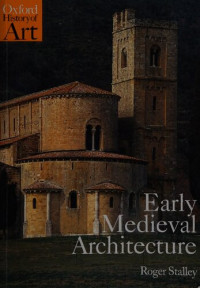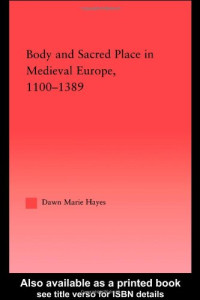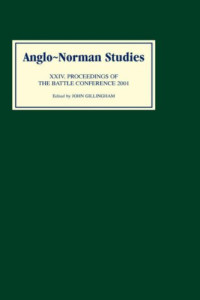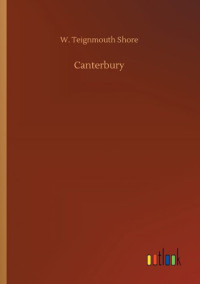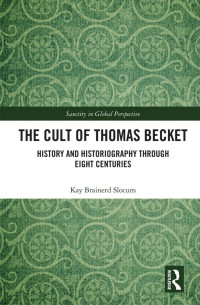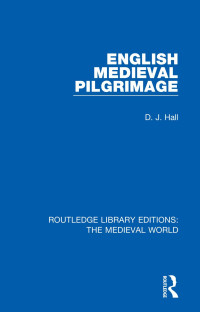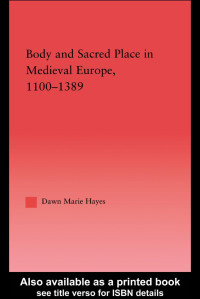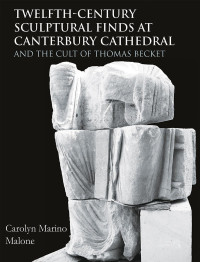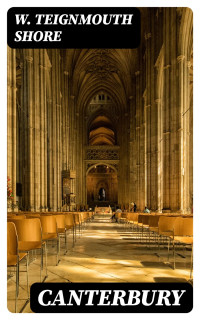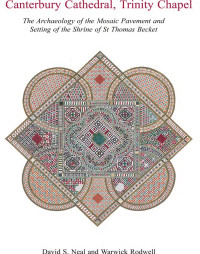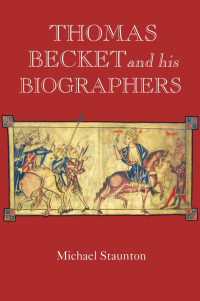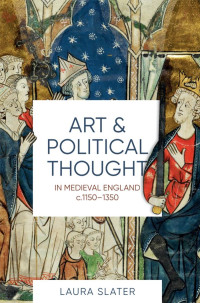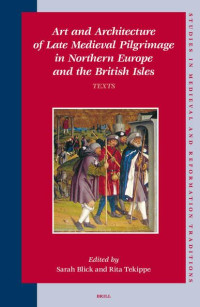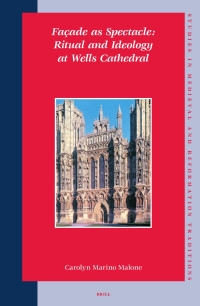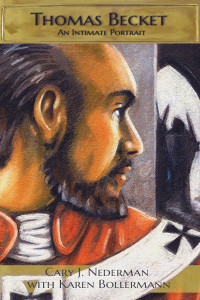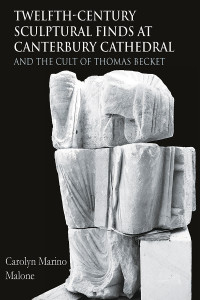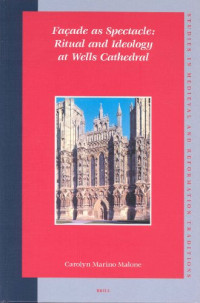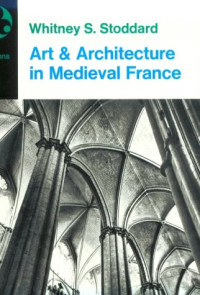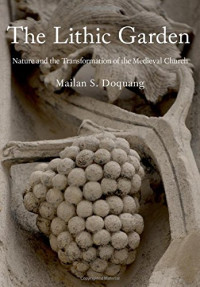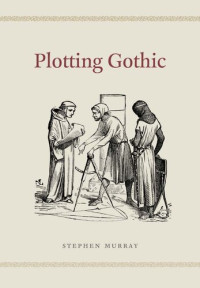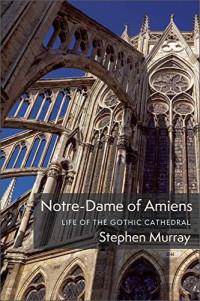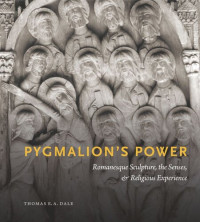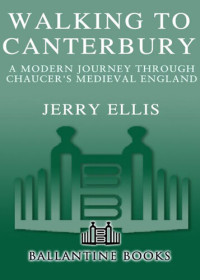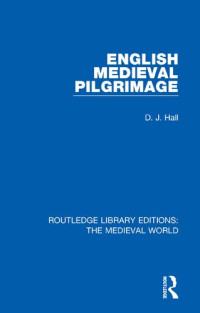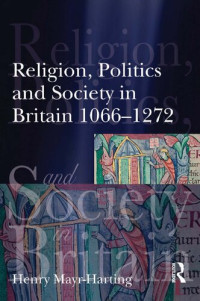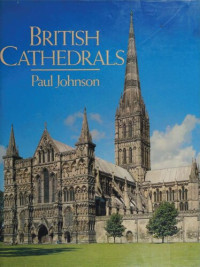
Twelfth-Century Sculptural Finds at Canterbury Cathedral and the Cult of Thomas Becket
Carolyn Marino Malone,
This study reconstructs twelfth-century sculptural and architectural finds, found during the restoration of the Perpendicular Great Cloister of Christ Church, Canterbury, as architectural screens constructed around 1173. It proposes that the screens provided monastic privacy and controlled pilgrimage to the Altar of the Sword's Point in the Matrydom, the site of Archbishop Thomas Becket's murder in 1170. Excavations in the 1990s discovered evidence of a twelfth-century tunnel leading to the Matyrdom under the crossing of the western transept. Constuction would have required rebuilding the crossing stairs and the screens flanking the crossing. The roundels, portraying lions, devils, a 'pagan', Jews, and a personification of the synagogue, are reconstucted on the south side of the crossing as a screening wall framing the entrance to this tunnel. The quatrefoils with images of Old Testament prophets are reconstructed as a rood screen on the west side of the crossing. In the Matyrdom, a screen, is proposed with, perhaps, the earliest known sculptural representation of Thomas Becket. The rood screen, located behind the Altar of the Holy Cross, would have provided a visual focus during Mass, monastic processions, and sermons, especially during Christmas and Holy Week. The row of prophets, pointing upwards at the Rood, would have functioned as the visual equivalent of the dialogue of the Ordo prophetarum' that predicted the Messiah as proof to Jews and other unbelievers of Christian redemption. The roundels, just around the corner on the south screening wall, can be interpreted as representing the unbelieving Other and forces of evil warning pilgrims to seek penance at the altar of the newly canonized St Thomas. In addition to this new interpretation, a catalog raisonn and an account of the discovery of the finds offers material for future research that has been unavailable to previous studies. All the finds were photographed by the author as the restoration progressed and 16 pieces have since been lost, making some of the unpublished photographs essential evidence of the archaeological record
About the Author: Carolyn Malone is Associate Professor of History at Ball State University, Muncie, Indiana.
About the Author: Carolyn Malone is Associate Professor of History at Ball State University, Muncie, Indiana.
Έτος:
2019
Εκδότης:
Casemate Publishers & Book Distributors, LLC
Γλώσσα:
english
Αρχείο:
EPUB, 51.48 MB
IPFS:
,
english, 2019
 Amazon
Amazon  Barnes & Noble
Barnes & Noble  Bookshop.org
Bookshop.org  Μετατροπή αρχείων
Μετατροπή αρχείων Περισσότερα αποτελέσματα αναζήτησης
Περισσότερα αποτελέσματα αναζήτησης Λοιπά πλεονεκτήματα
Λοιπά πλεονεκτήματα 